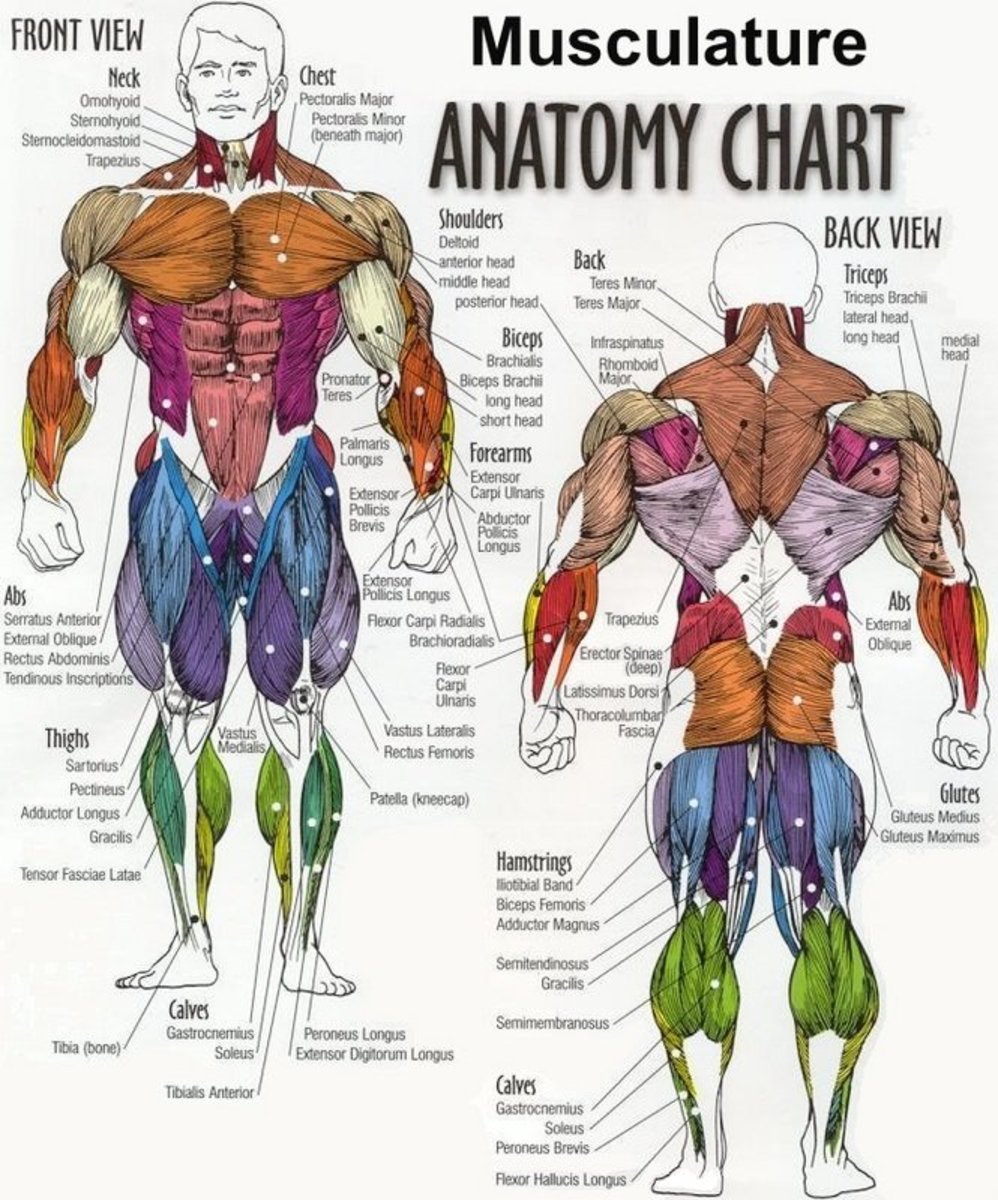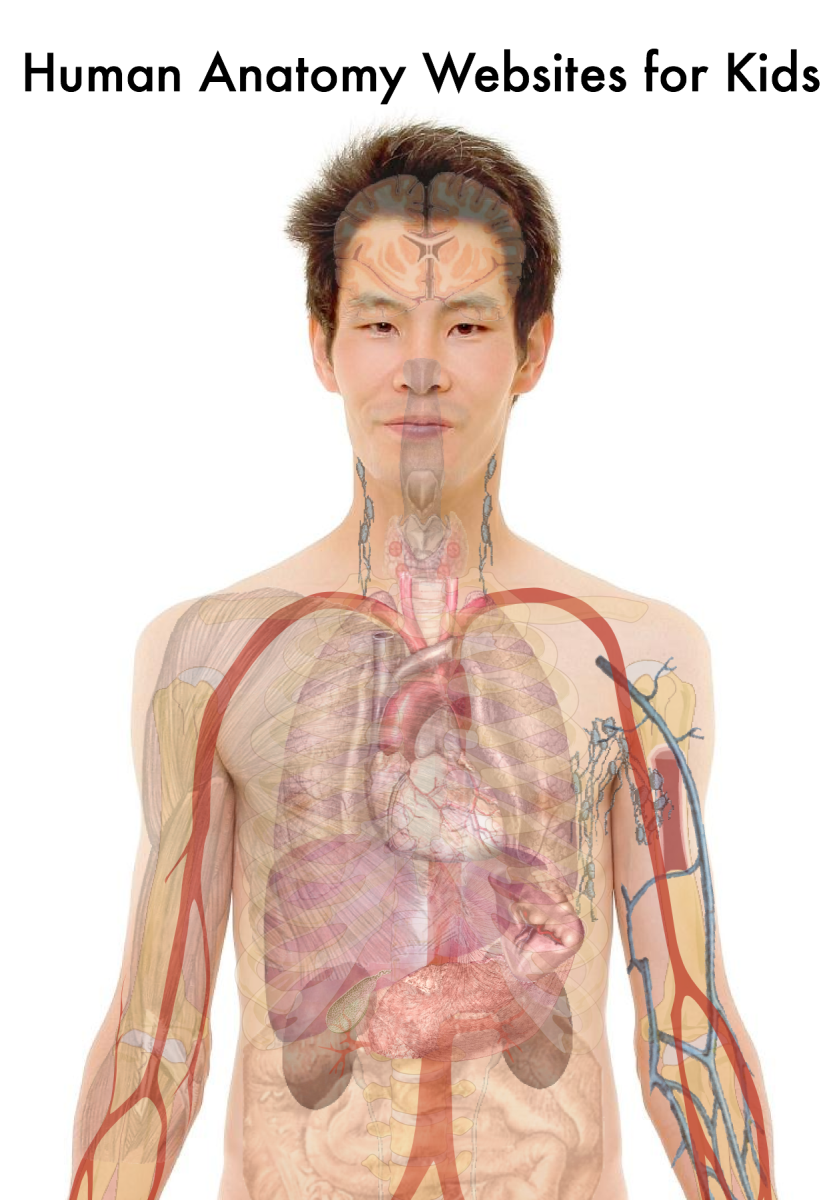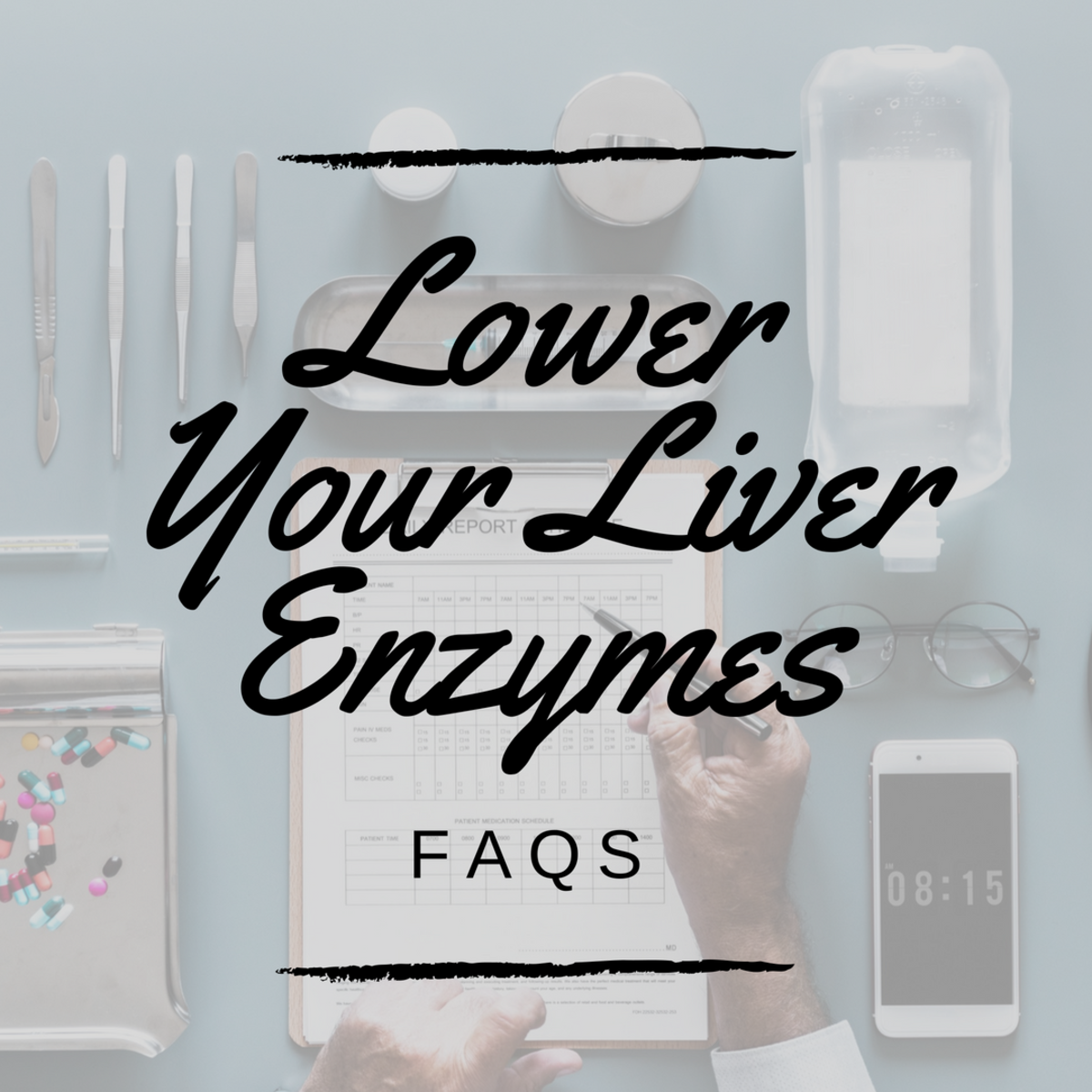Anatomy and Physiology of Humans
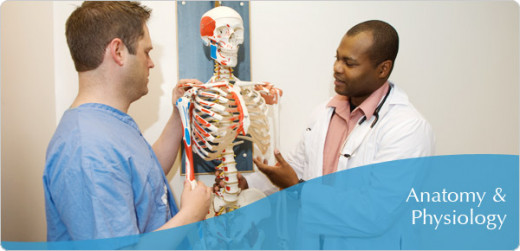
The Body Compass
The principle of complimentarity tells us that things are built in a certain way because of their function. It is important to remember that the body functions like a well oiled machine; all the systems are supportive of one another and interrelated.
Within the study of physiology is an important concept called homeostasis, which is the constancy of the body’s internal environment. Even if the outside conditions change, homeostasis regulates our internal environment by means of metabolism. This includes every body structure, from microscopic cells to complex organ systems; all are regulated in this same way.
Are You A Writer?
If you are interested in making money online while writing? Hubpages is a great community to write in!
Imbalances In Homeostasis
In understanding imbalances in homeostasis, an understanding of the body’s pathology is necessary. Pathology is the study of diseases. Disease can be local, meaning limited to a small area; or it can be systemic, affecting several parts of the entire body. The following is a list of terminology necessary to understand the body’s pathology.
Symptoms: The subjective or non-measurable complaints, such as headache, fatigue,tingling, pain, dizziness, etc. This is the main thing that medical doctors treat.
Signs: Objective or measurable findings, such as redness, swelling, rash, temperature, blood pressure, etc.
Syndrome: A group of signs and symptoms characteristic of a particular disease.
Etiology: Cause of a disease, such as virus bacteria, trauma, etc. This is what medical doctors seldom treat. Usually causes such as those listed here are superficial at best, and still don’t lead medical doctors to the systematic failure that allowed these causes to become effective in the body.
Diagnosis: To distinguish one disease from another, determining the nature of a disease. In actuality, it is not the nature of the disease that is the most important factor. What is important is how was that germ or virus that caused the disease, able to get through, past the body’s defenses, and affect the body. The real question is where is the weakness in our system and how can we correct it so that the body can correct and heal itself?
Biopsy: The removal and examining of living tissue.
Prognosis: The course of the disease, meaning how long it will last, and the quality of the condition. This is never good when you have doctors that pay no attention to the real problem and are only treating symptoms.
Idiopathic: A condition of disease of unknown cause. This is actually almost a constant, because medical doctors are missing it if they are focused on the syndromes and superficial etiologies.
Autopsy: The suffix "opsy" means examining, vision; so this is the examination of the body after death, to verify the cause of death. This is almost a guarantee as long as the above idiopathic situation continues. Medical doctors do not stay in business by healing anyone. Their business is sickness.
Misplaced Trust
It behooves everyone to stop placing so much trust in a man who simply has a title of "doctor," particularly if your life is at stake. Don't you find it strange that the word doctor has two such opposing meanings?
- Informal To give medical treatment to: " [He] does more than practice medicine. He doctors people. There's a difference" (Charles Kuralt).
- To repair, especially in a makeshift manner; rig.
- To falsify or change in such a way as to make favorable to oneself: doctored the evidence.To alter or modify for a specific end:
I just find it odd that it can mean to repair in a makeshift manner, but somehow no one thinks about applying that meaning to the one with the title, thereby taking their advice with some measure of caution.
Meanwhile, people are dying unnecessarily every day from treatments from people who are licensed to "repair" or "recover" them, who apparently are doing so in a makeshift manner, because they and the industry won't profit if people are fully restored. There is a difference between recovery and restoration, but I'll talk about that at another time.
But take the time to do some research and gain a little knowledge, so you can understand what these “professionals” are telling you, and whether or not the treatments they recommend are truly the only options.
Will the treatment heal the source of the problem, or will it be merely a means of temporary containment, until another variable is introduced that makes it either return, or manifest into something worse? What caused the weakness in my system that allowed this bacteria/virus/germ to attack my body successfully?
Those are the sort of questions you should be asking, and seeking answers on. There are other more natural options available, but understanding your body and its functions is the first step.
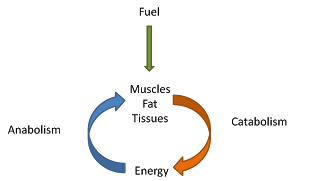
Metabolism
You’ve heard this word before. It’s what skinny people seem to have an abundance of and fat people seem to need more of. Its that thing that burns up fat by means of high energy, right?
If you read my previous article about Understanding The Body, you have a basic understanding of anatomy and physiology. However, there is one more thing you need to know about, and that is metabolism.
Metabolism is the total of all the physical and chemical processes in an organism, that results in growth, the generation of energy, elimination of wastes, and other functions relative to nutrient distribution to the blood stream after digestion.
There are two types of metabolism. Anabolism is the constructive phase in which smaller molecules are converted to larger molecules. Catabolism is the destructive phase in which larger molecules are converted into smaller molecules.
What increases the metabolic rate? Exercise, elevated body temperature, hormonal activity and digestion can all increase the metabolic rate. This metabolic rate, which is customarily expressed in calories as the heat liberated in the course of metabolism; is determined when a person is at complete rest, physically and mentally.
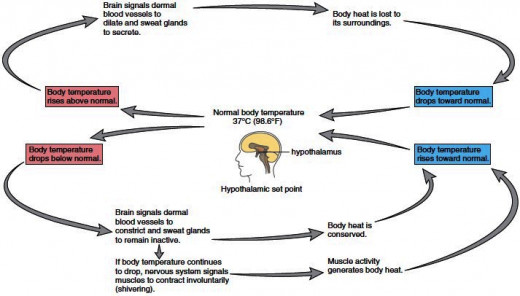
The Structure Of Organisms
In order to get a bit more of any understanding of how all of this works together, knowledge of the smallest to the largest players in the construction of the body is necessary, as well as a bit of information on their functions.
Atoms are tiny building blocks of matter. They bond together and form molecules, which are made up of chains of atoms. A cluster of many molecules make up a cell.
Cells are different because they have different functions; as in the bone vs. the muscles. Cells are the smallest living unit that is structural as well as functional.
Similar cells that do a common function are called tissue. An organ is any structure of two or more tissues or layers that perform a specific function. Our skin is the largest organ in the body.
A system in the body is made up of two or more organs, and is referred to as a complex system. An example of this is the endocrine system, which produces hormones for a variety of body functions, such as metabolism.
An organism is the sum of all systems working together, and its function is to promote life.
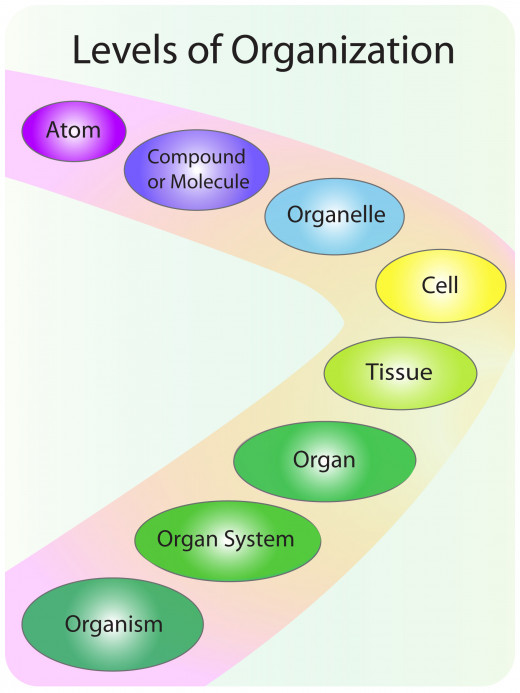
Life Processes
There are six main life processes for the body to function well.
Growth refers to growth in size, number and complexity.
Metabolism is the sum total of chemical reactions in the cell, via usage of food by the cell (ie: eating).
Reproduction of cells for growth and repair, as well as species reproduction.
Differentiation from unspecialized to specialized cells.
Movement refers to the motion of the whole body, individual organs, and cells; both voluntary and involuntary.
Responsiveness, which is the ability to detect and respond to changes in environment that are both internal and external in nature.
The body also requires a system of determining what’s happening in and around it.
Do you find this helpful?
Feedback Systems
Feedback Systems allow all situations and changes in the body to be reported to a central control area. The message, also called stimulus, goes from a receptor to a central control area, which sends a message to an effector to control the situation.
For example, your eyes (receptor) see a red light. Then a message goes to the brain, which understands what that means from previously stored data (learned behavior). The brain then sends that data to the control center which dictates a response based on that data, telling your foot to slam on the brakes.
There are two types of feedback, negative and positive.
Negative feedback simply reverses the initial stimulus. For example, if the body temperature causes sweating; when the body temperature is back to normal (homeostasis), a message goes back to the sweat glands to stop secretion.
Positive feedback enhances the initial stimulus. For instance in childbirth, the pressure to the uterine wall causes secretion of hormone to contractions which then increase the pressure on the uterine wall.
Understanding these basics can help you in gaining more knowledge of this phenomenal system called your body, so that you will make wise choices in how you treat it.
You can find more articles I've written on the body and its systems here.





